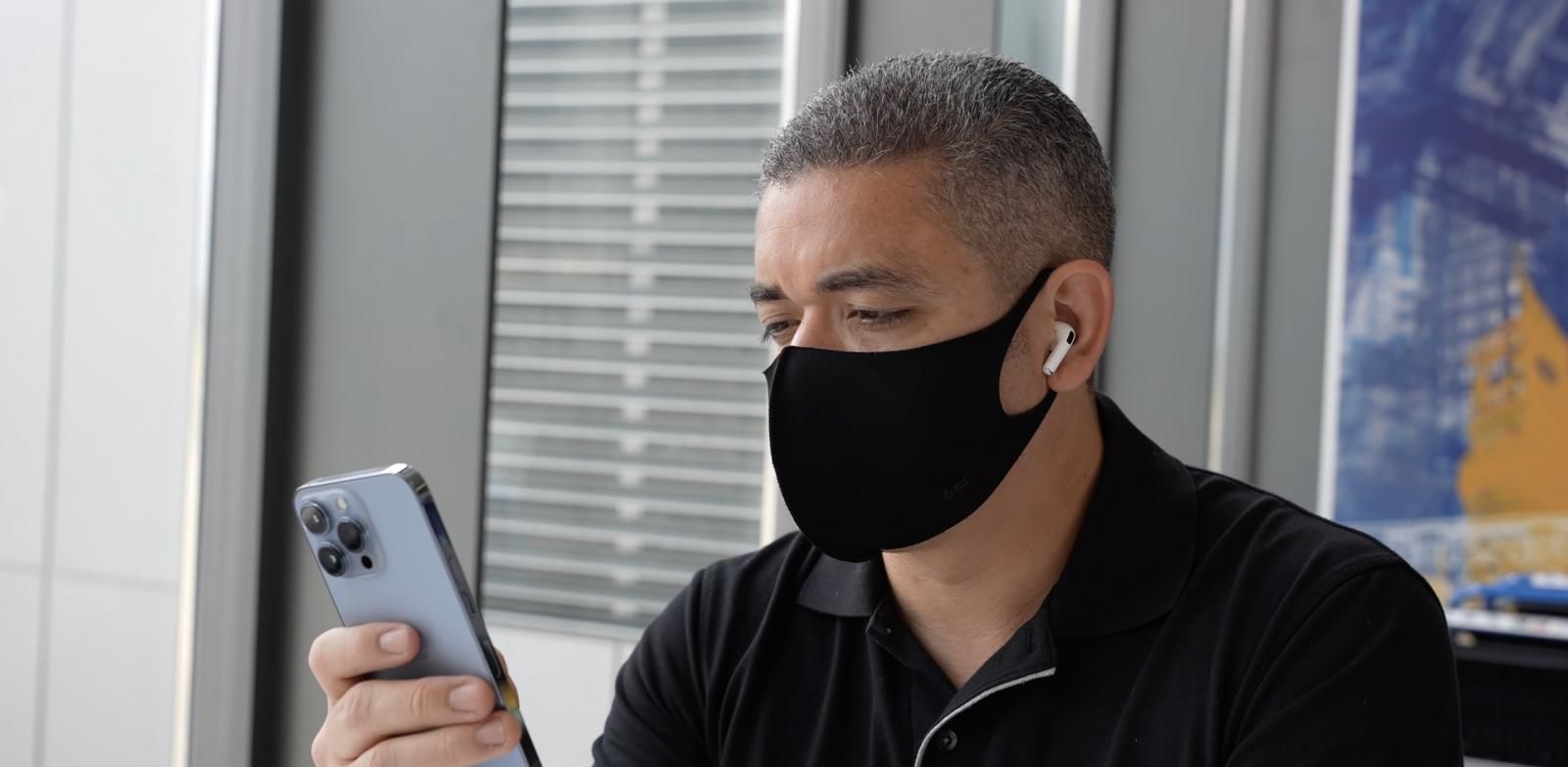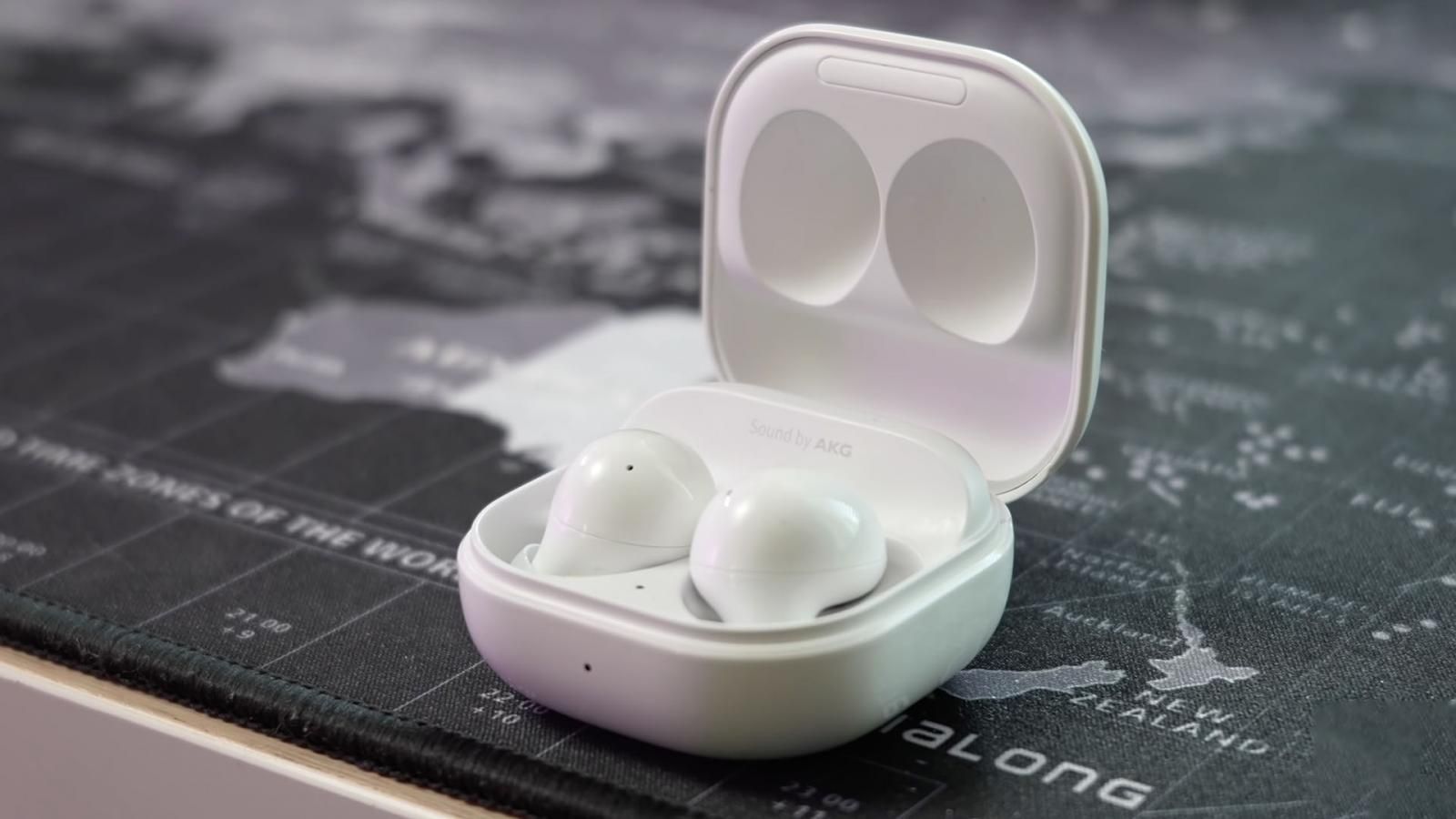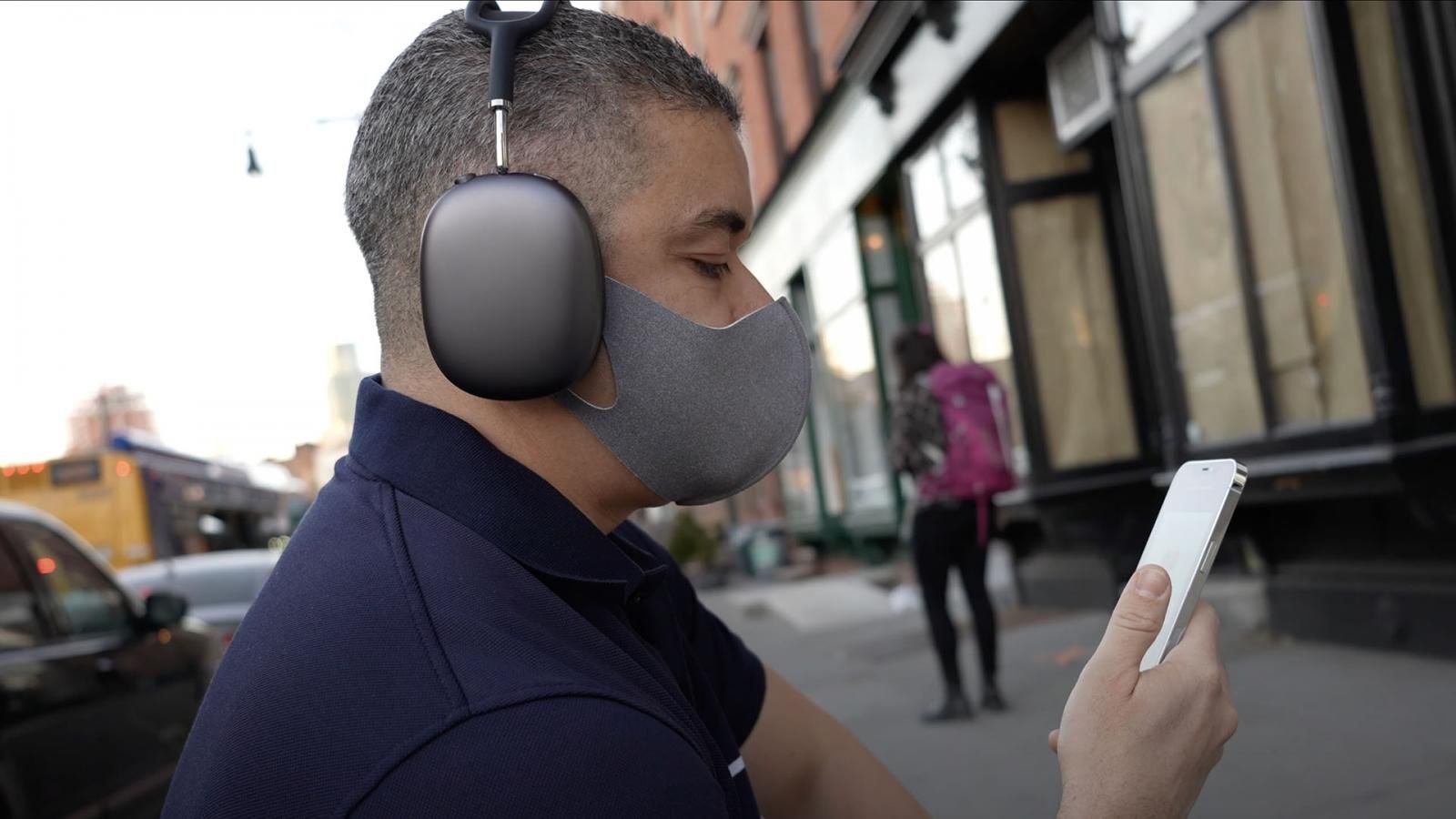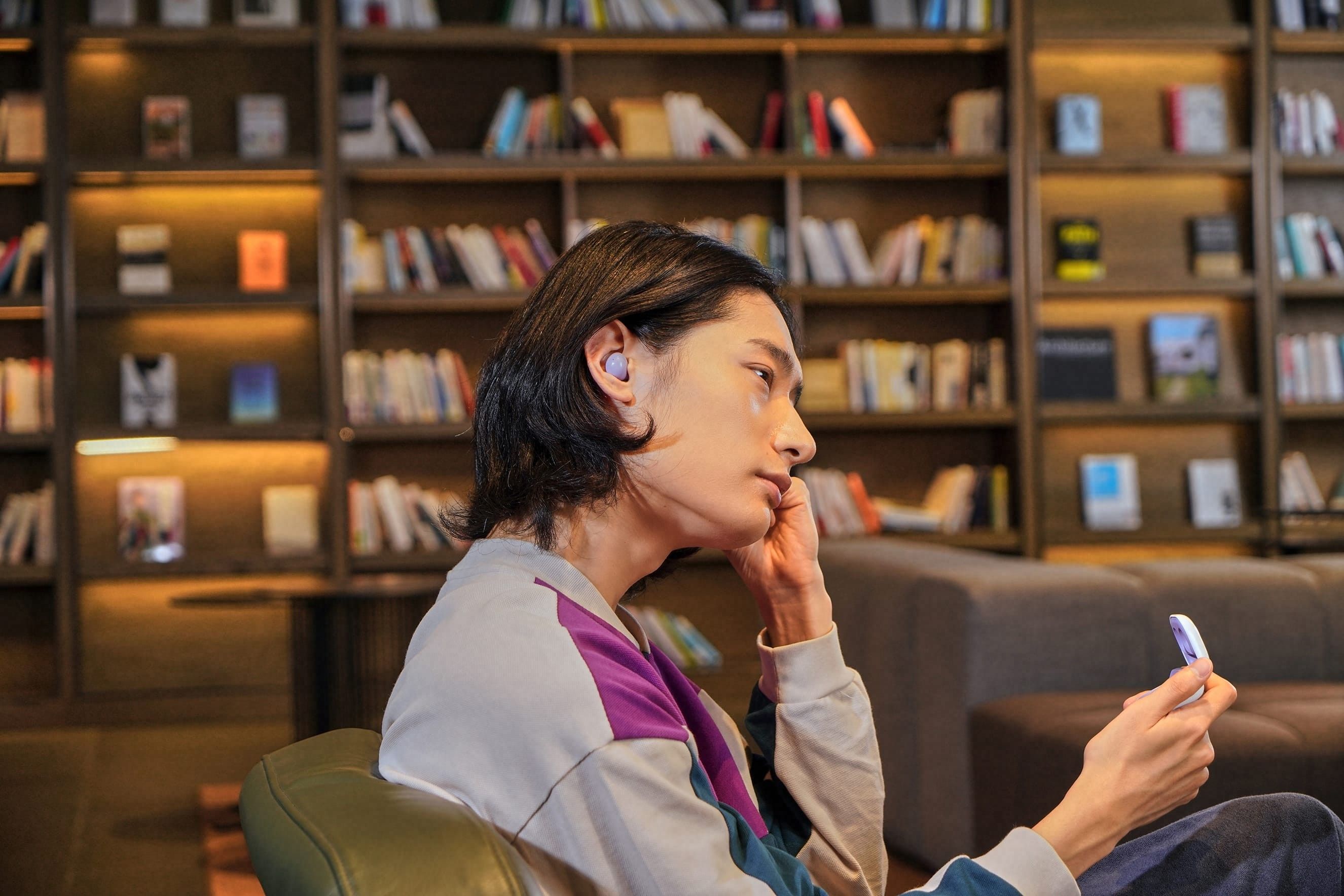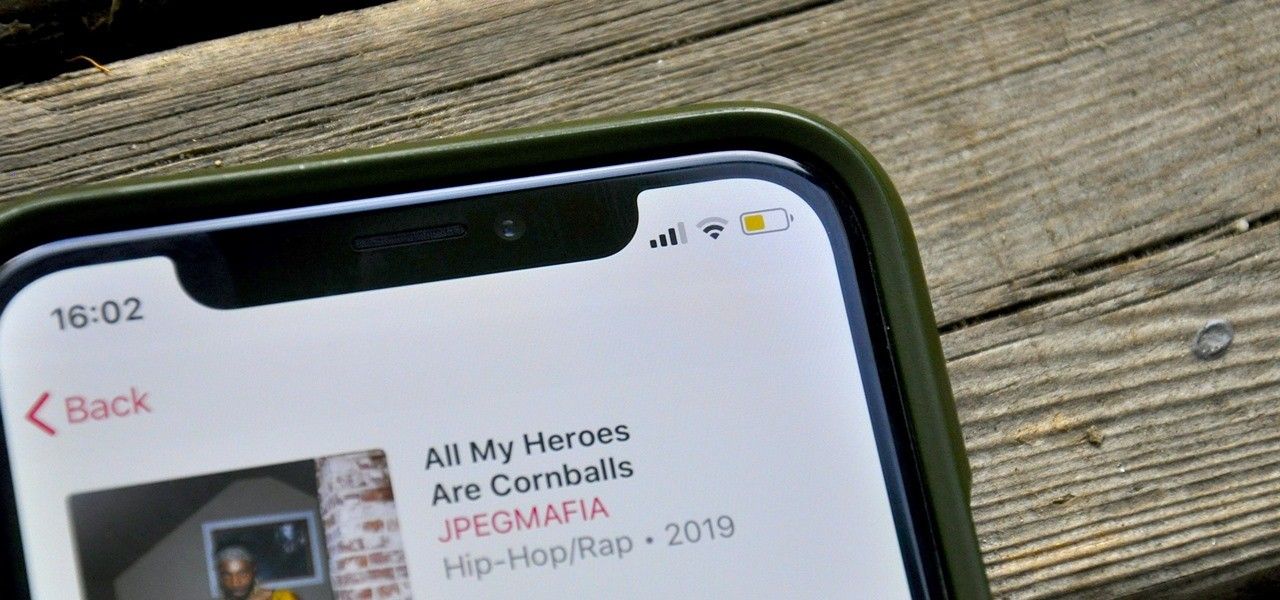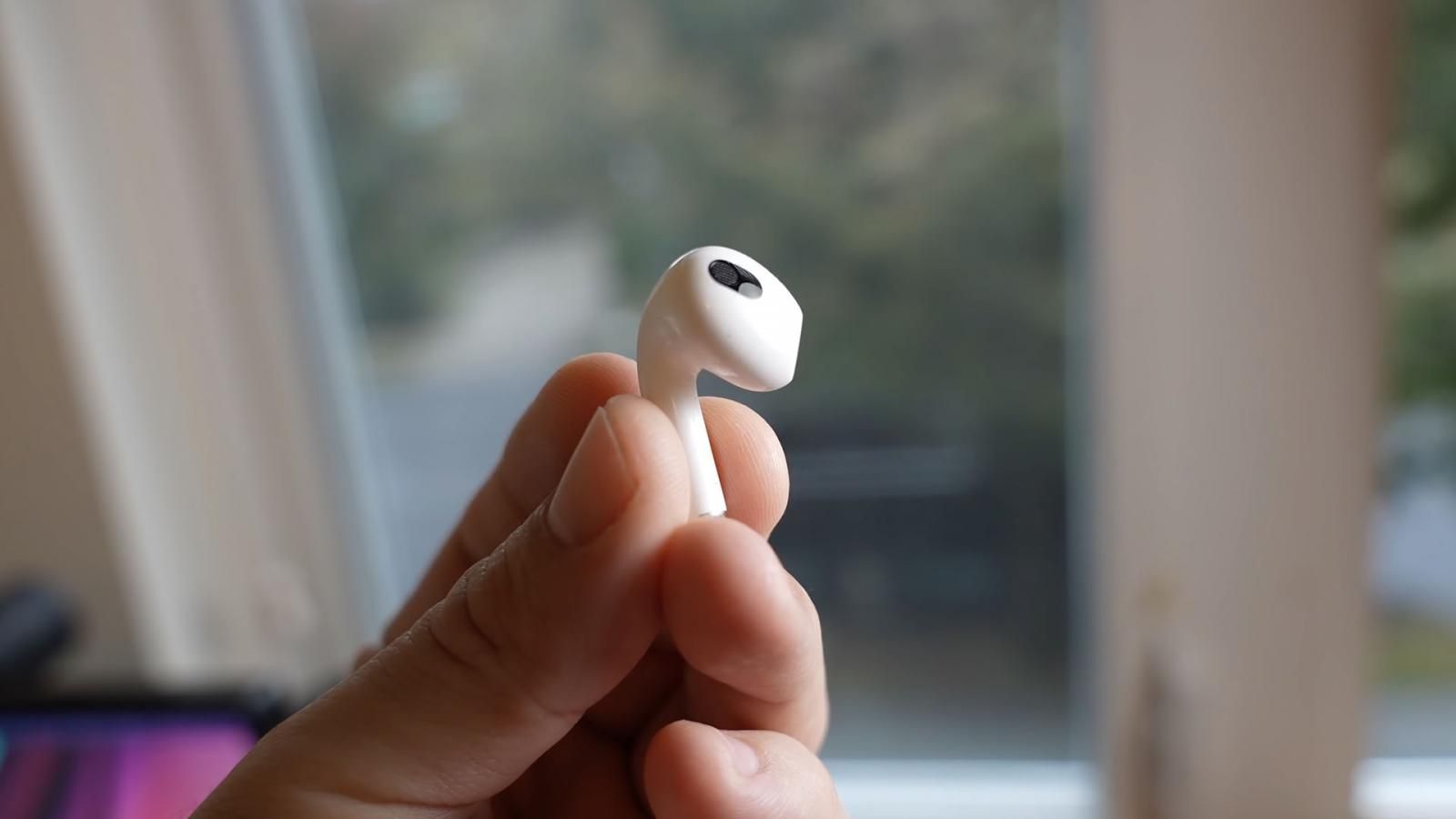We've all been there: You're happily watching a video on your phone using a pair of Bluetooth earphones. Suddenly, you realize something is off. You notice that there's a slight mismatch between the movement of the lips of the speaker and when you actually hear the words via your earphones — there's some sort of a delay. The delay you've just experienced at this very moment is called Bluetooth audio lag.
While Bluetooth latency, which causes the delay and the lag, is nothing new — it has existed since the technology was first developed — it has left many people quite annoyed. In online gaming, in particular, the Bluetooth audio lag can be extremely jarring. In this article, let us explain the root causes of Bluetooth lag, factors that can affect it, how you can minimize Bluetooth audio delay, and why it may never (fully) go away.
What is the reason behind Bluetooth audio lag?
To understand what causes audio lag in Bluetooth earphones, you must know about latency. Latency, in computing terms, is the amount of time it takes for the data to pass from one point on a network to another (via Cloudflare). In our context, latency is the amount of time it takes for the audio data to travel from its source (your smartphone, TV, gaming console, or PC) to its destination (your earphones, headphones, or speakers).
Despite the number of developments in this field, the minimum latency reached in the modern-day Bluetooth headphones and earphones is still around 34 ms (aptX Low Latency). While this delay sounds very small, it is much higher than the delay that occurs in wired headphones (usually between 5-10 ms). For reference, an average Bluetooth earphone, AirPods, for example, experiences a latency of around 150 ms.
This further raises the question: Why do Bluetooth earbuds have higher latency (and thus audio lag) than wired ones? To understand why wireless earphones have a far greater latency than wired earphones, you need to understand the chain of events that occur when data (audio in this case) is transferred from a device to Bluetooth earphones.
As raw data cannot be transferred wirelessly, the audio data is converted into a format that is compatible with Bluetooth transmission. It is often compressed, so the data transfer takes less time (the lower the size of data, the faster the data is transferred). The data is then transmitted to the Bluetooth earphones, where it must be converted into an analog audio signal first, and only then can it be played. All of this takes time, and even though we're talking milliseconds here, these additional steps can delay the process and thus increase the lag you experience when you use Bluetooth earbuds.
Factors that affect Bluetooth lag
-
Codec: As stated above, an audio file is converted into a format that is suitable for transmission before it is wirelessly transferred. An audio codec is an algorithm that compresses, encodes, and decodes digital audio data (via Headphonesty). There are a number of codecs available, each with its own benefits and drawbacks. Ideally, you want the codec of your Bluetooth earphone to match the codec of your source device. Otherwise, the setup will simply revert to the oldest Bluetooth audio codec — SBC or Low Complexity Subband Coding, which is prone to audio delays.
-
Interference: With so many wireless devices around us, unwanted frequency signals can interrupt the connection between your device and Bluetooth earphones. Many devices, including wireless mouse, smartwatches, smart home devices, and others, operate on the same frequency as Bluetooth. These devices emit their own signals, which can hinder with the flow of data from your device to the wireless earbuds.
-
Distance between the source device and Bluetooth receiver: Wireless connections have their own drawbacks, and one of them is that it only works up to a certain distance. Thanks to the recent developments in this field, Bluetooth devices can now even work up to an 800 feet distance. However, walls and other physical blockages can affect the flow of data and thus cause Bluetooth lag.
-
Bluetooth version: Just like codec, the Bluetooth version also plays an important role. It's important that the Bluetooth version of both of your devices (the source and the receiver) matches. Otherwise, you will only be able to use the features of whichever Bluetooth version is lower. For example, if your smartphone features Bluetooth 5.2, but your wireless earphones only support Bluetooth 5.0, then you will only be able to make use of the features of Bluetooth 5.0 (since it is lower out of the two).
5 ways to minimize Bluetooth latency
Source: Samsung
1. Stay within the range of Bluetooth device
We have come to know that the distance between the source device and the receiving device can affect the performance of Bluetooth. The first step to minimizing Bluetooth lag should be to make sure that both of your devices are in proximity to each other and that there are not many physical blockages in between.
2. Disconnect and re-connect your Bluetooth device
More often than not, the reason for the increased Bluetooth latency is a faulty connection. It's possible that your devices were not properly connected when you paired them. Many Bluetooth devices also experience lag when they're left connected for a long period of time. In such cases, simply disconnecting and reconnecting your Bluetooth devices can solve the problem. If disconnecting and reconnecting doesn't help with the Bluetooth latency issue, you can also try unpairing your device and then re-pairing your device.
3. Use a different codec
As we have come to know, matching the codec of the source device and the Bluetooth device is important as otherwise, the setup will revert to the oldest Bluetooth codec available, which is prone to audio lag. While most modern-day operating systems are intelligent enough to select the appropriate codec themselves, there are ways you can force your device to use a specific codec for a particular device.
While Apple doesn't allow you to select a codec manually, you can do so on Android. On Android smartphones, enable Developer Options in settings and then select the appropriate option under the Bluetooth audio codec setting. To check the type of codec your Bluetooth earphones support, check the specifications page of the device.
4. Try using Bluetooth 5.0 (and above) devices
Bluetooth 5.0 isn't new. However, we still haven't switched to all devices with Bluetooth 5.0. One of the reasons why we recommend you to use a Bluetooth 5.0 (and above) device is that the latest Bluetooth introduces a new technique to minimize audio lag called audio-video sync (or A/V sync). This technology allows your smartphone (or the device you're watching the video on) to estimate the amount of latency of your setup and adds that delay to the video playing on-screen. This way, it doesn't necessarily remove the lag, but it makes sure that the video and audio are aligned. However, it's also worth noting that audio-video sync is useless for things such as gaming because these applications are interactive and happen in real-time.
5. Turn off power-saving mode
Source: Gadget Hacks
To extract extra battery life out of our devices, we often use the battery-saving option on our smartphones and other computing devices. However, using these options can increase the audio delay as these power-saving modes (more often than not) lower the processing power of your device. To make sure you experience the minimum delay, disable the power-saving mode on your device before connecting it to a Bluetooth headphone.
Why it may never go away
Source: Pocketnow
Bluetooth technology is advancing at a massive rate. We have reached a point wherein most smartphone makers have removed the 3.5mm headphone jack from their devices as they provide a much more comfortable listening solution. Despite all the advancements, it's worth noting that latency is an issue that cannot be completely eliminated — at least for now.
The whole process of converting audio data into a signal, transmitting, and decoding will always be there, and it will cause some sort of delay. Moreover, most of the audio accessory makers now like to offer true wireless earbuds, which have an extra lag to make sure that the left and right earbuds are in sync. Currently, there's no way to eliminate Bluetooth audio lag completely, but there are plenty of ways of minimizing it (given above).
This is in no way saying that Bluetooth devices are not useful. While Bluetooth devices may not be replaceable in areas where absolutely "0 lag" is required, the technology still makes using things on a daily basis much more convenient. Do you think Bluetooth earphones offer better value than wired earphones despite having a delay? Let us know in the comments section below!

